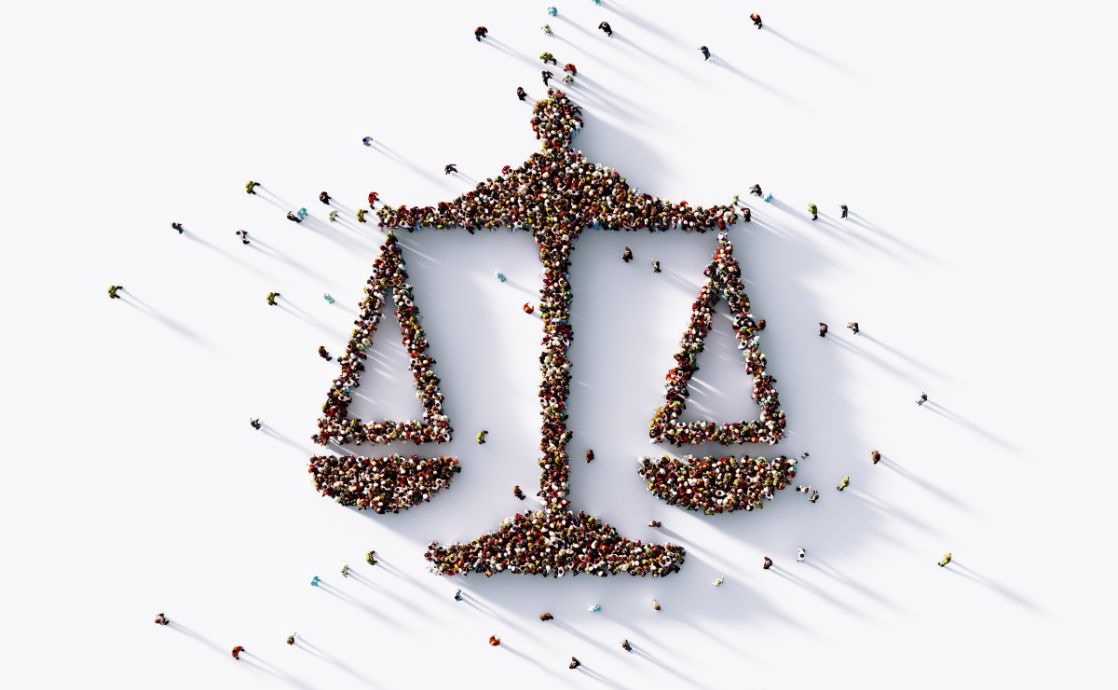The quest for justice and fairness is perennial, transcending the boundaries of culture and time. In the context of Bahá’í teachings, these virtues are not merely abstract concepts; they form the bedrock upon which a just society can be built. The profound stories emerging from the Bahá’í tradition serve as a compendium of moral guidance that aspires to inspire and enlighten a new generation grappling with the complexities of modern existence.
At the heart of Bahá’í philosophy lies the assertion that justice is an imperative for individual growth and social transformation. Justice is envisioned not merely as a legalistic framework but rather as an ethical imperative that cultivates harmony and equity among individuals. The profound narratives arising from these teachings elucidate the multifaceted nature of justice and draw attention to its intrinsic link with fairness. Each story encapsulates fundamental lessons that reframe conventional understandings of these virtues, extending beyond the superficial perceptions typically held in mainstream discourse.
One particularly poignant tale narrates the experience of a community enveloped in strife due to discrimination and prejudice. The protagonist, a wise elder, recognizes the specter of injustice haunting their neighborhood and takes it upon herself to orchestrate a community gathering. Through artful storytelling and open dialogue, she invites members from all walks of life to share their experiences, elucidating the impact of inequity on their lives. This gathering transforms into a crucible where misconceptions are challenged, and shared humanity is restored. The narrative demonstrates that justice often stems from an individual’s willingness to bridge divides and foster understanding, thereby illuminating the paths toward fairness.
Such stories invite readers to reflect on their roles within their communities. As principles of justice and fairness become tangible through personal narratives, individuals can draw parallels to their own lives and the societal constructs that influence their perceptions of equity. This connectivity fosters a culture of empathy, an essential precursor to effecting substantive change, making it paramount for young generations to derive inspiration from these lessons.
Another captivating story involves a young girl who confronts the biases inherent within her school environment. Faced with an unjust disciplinary action directed at a fellow student, she embarks on a journey to advocate for her peer. Rather than resorting to confrontation, she employs a strategy rooted in dialogue and understanding. Through her efforts, she garners support from her classmates and teachers, unveiling the prejudices that had persisted unchallenged. By appealing to the innate sense of fairness shared by her community, she mentors her peers to recognize injustice and empowers them to act. This narrative exemplifies that justice is not a solitary pursuit; it flourishes in collaborative efforts grounded in mutual respect and open communication.
The Bahá’í perspective asserts that the pursuit of justice is inherently linked to the quest for truth. In contrast to the prevailing narrative that equates justice with punishment or retribution, Bahá’í teachings assert that justice should be inherently restorative, promoting healing and reconciliation. These stories align with a broader conceptualization of justice, one that is imbued with compassion and a commitment to the wellbeing of all. The tales resonate deeply with young readers, stimulating a curiosity about the transformative power of justice when underscored by fairness.
Furthermore, these narratives serve as mirrors, reflecting societal challenges such as systemic inequality and social injustice. By highlighting the experiences of those who have fought against the tides of inequity, they inspire a newfound resolve to confront contemporary injustices. The stories convey a message of hope: that through justice and fairness, lasting change is conceivable. This optimistic outlook beckons young minds to engage actively with their surroundings, reinforcing the belief that they possess the power to alter the narrative.
As modernity continues to grapple with issues of justice, the stories stemming from Bahá’í principles emerge as pertinent frameworks for understanding and addressing these complexities. The narratives illustrate that pursuit of equity should be an inherent component of everyday life, extending beyond the realms of politics and law into the intimate spaces of personal relationships. The overarching theme emphasizes that fairness is a moral imperative that requires vigilance and active participation from each individual.
For a new generation seeking to cultivate social consciousness, these tales become indispensable. They incite a deeper understanding and poignantly highlight the importance of awareness, empathy, and collaboration. As readers navigate the multifaceted societal landscape, the values articulated within these stories empower them to not merely react to injustice but to proactively engage in fostering fairness in their communities.
In conclusion, the tapestry of Bahá’í teachings on justice and fairness is woven with rich narratives that challenge conventional paradigms. By presenting these stories to a new generation, there exists an opportunity to engender curiosity, prompting deeper reflections on personal responsibility and societal obligation. The transformative power of these stories lies in their ability to transcend theoretical discourse, vividly illustrating the practical applications of justice and fairness in shaping a cohesive and equitable society.
